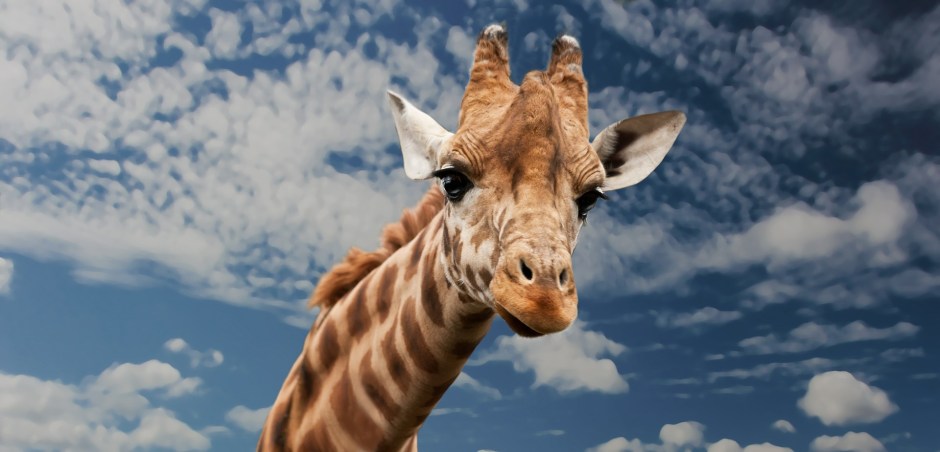Giraffe numbers have plummeted by 40 per cent in the past 15 years and some species could become extinct in a “forgotten” natural tragedy, the world’s leading experts have warned.
Fifteen years ago there were 140,000 giraffes in Africa but now there are fewer than 80,000, compared with about 450,000 African elephants, according to new research.
Dr Julian Fennessy, director of the Giraffe Conservation Foundationand the world’s only full-time giraffe conservationist, said that the mammals were not being given enough attention or protection by governments and conservation groups.
“People love giraffes but they’re taken for granted. People assume that they’re everywhere and that they’re the same across the continent,” he said.
However, the sub-species are so distinct that some of them may soon be classed as a species in their own right, like the mountain gorilla. If this happened to the west African giraffe, it would become the most endangered large mammal in Africa.
Two of the nine sub-species of giraffe are listed as endangered on the Red List, the authoritative wildlife conservation inventory compiled by the International Union for Conservation of Nature.
The whole species could be reclassified as endangered following an audit that will be completed next year. “It’s incredibly awful,” said Dr Anne Dagg, a renowned Canadian expert on giraffes. “There are nine different races and we’re probably going to lose some of them. It’s a terrible situation. They could become extinct.”
Dr Noelle Kumpel, from the Zoological Society of London, said: “Many of the threats to rhinos and elephants are the same for giraffes.”
Although giraffes are very visible and “surpassed only by sea lions” in zoo collections, that has masked the fact that very little conservation effort is made with them, Dr Kumpel added.
“The threats are local — it’s loss of habitat and increasingly it’s poaching, but not for the international trade, it’s bushmeat hunting,” she said.
Elephants and rhinos are usually killed to feed demand for ivory and rhino horn in China and Vietnam.
Some Tanzanians believe that giraffes’ bone marrow and brains can cure Aids, and their bones and heads can fetch a high price. They are also killed to feed elephant poachers, particularly in the Democratic Republic of Congo, where ivory is traded for arms, ammunition and food.
Giraffe meat is sweet and popular but it is not the only reason they are chosen. “Being delicious is one thing — but there’s also a bucket-load of meat, and they’re not difficult to hunt,” Dr Fennessy said.
A comprehensive assessment of the entire giraffe population was not even attempted in 2010 — the last time they were surveyed — because of the lack of resources, Dr Fennessy said.
“The support for rhinos is justifiable – the support for elephants, I’m not so sure,” he said. “But elephants are so iconic. There’s so much media and money around them that it’s hard to compete.
“We don’t have the budgets to go big — we don’t get the actors and actresses. So people don’t realise that giraffes are threatened.”
The continent’s one success story is Niger, home to the last of the west African giraffes. A hundred years ago thousands of them roamed across west Africa but by 1996 they numbered just 50. The Niger government, however, has made their protection such a high priority that there are now about 400.
Dr Fennessy and 14 colleagues have spent the past year collating the current numbers of giraffe across Africa and the findings will be presented next year.
Caroline Pollock, from the Red List unit, said: “Each time a species is being assessed or reassessed, they apply a set of criteria. If the numbers have reduced at a particular rate, it will be listed as endangered. At the moment giraffes are listed as a species of least concern, and they were last assessed in 2010.”

